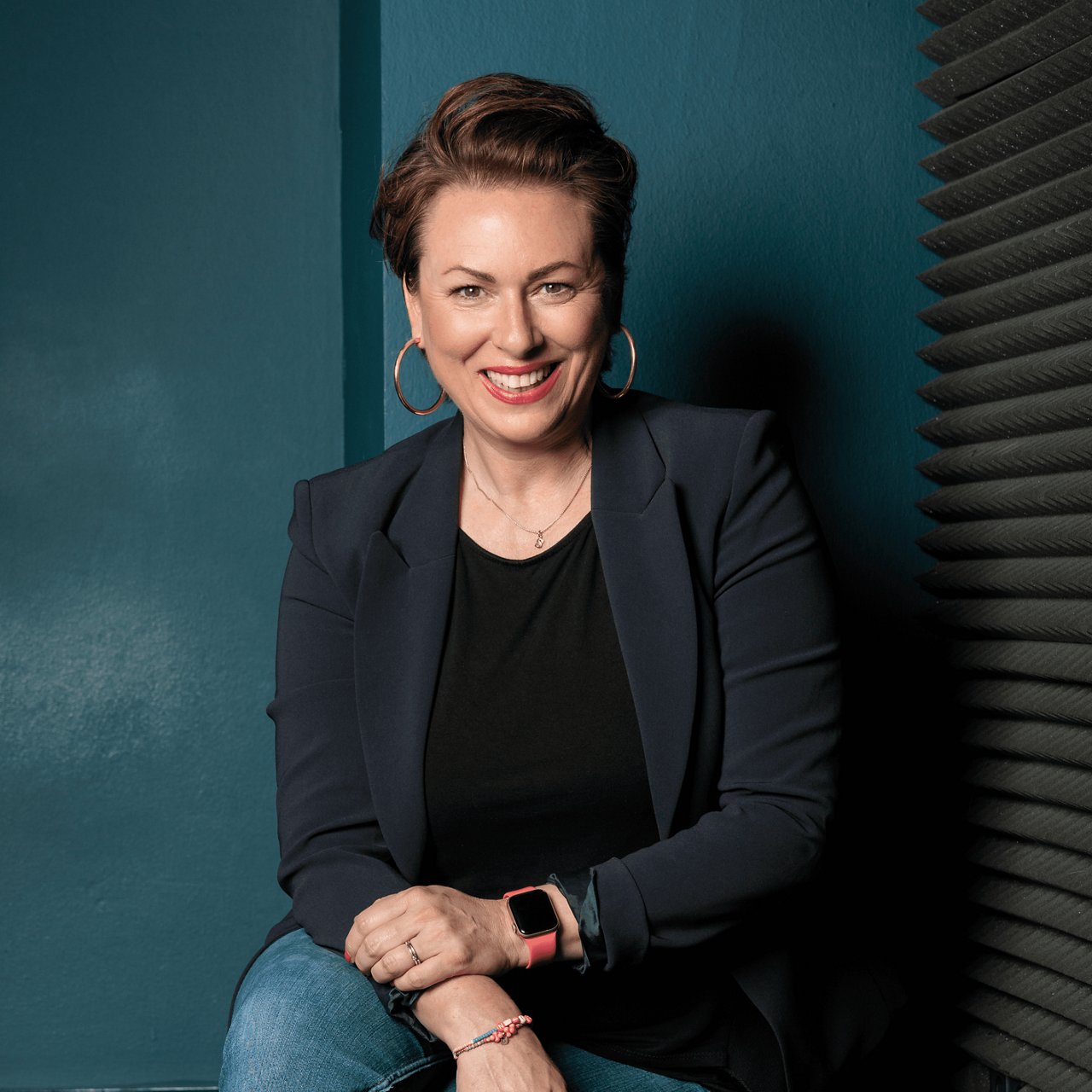Involve the target group in the creative process
In a special screening procedure, we find persons from the target group who are particularly introspective, creative and eloquent. Those persons add the customer point of view to the workshop, which aims at ideating product propositions, functionality or campaign messages. The workshops are prepared by the participants, e.g., through self-observation, cultural probes, etc. Co-creation workshops are also called super groups or participatory design.
TYPICAL QUESTIONS
- How can needs and pain points of the target group be addressed by products and product features?
- Which advertising messages meet the target groups sweet spots?
HOW DOES IT HELP?
- It involves the customers’ view directly into the creative process
LIMITATIONS
- Due to the special screening of participants, they are not representative of the target audience as a whole.
- The results should therefore be validated with a representative method afterwards.
WHEN TO USE?
- When there is enough information on the target group and the campaign or product design objectives
COMBINE WITH
- A representative evaluation of the ideation results
VARIANTS AND OPTIONS
- Live prototyping, visual note-taking and other creative techniques






